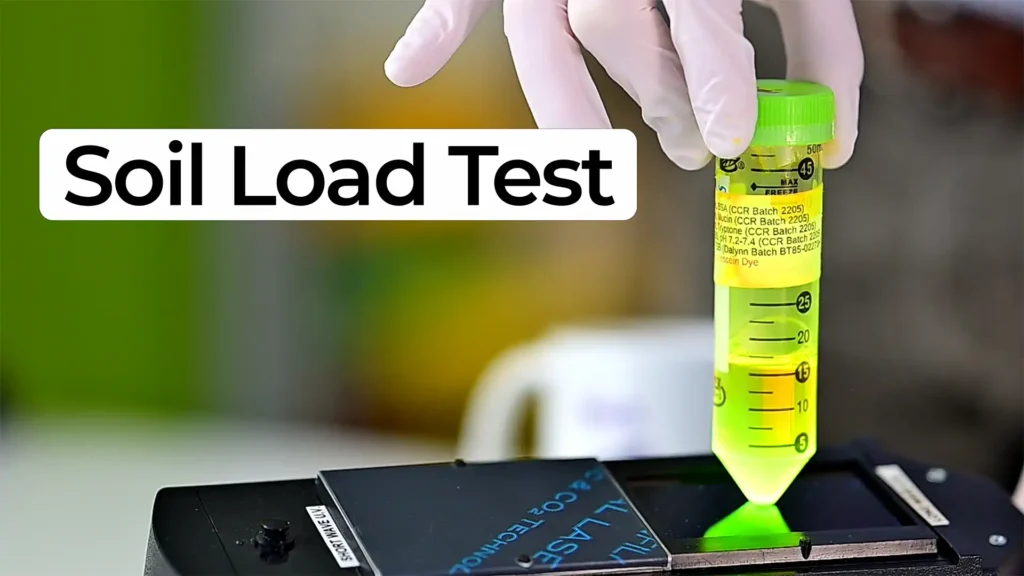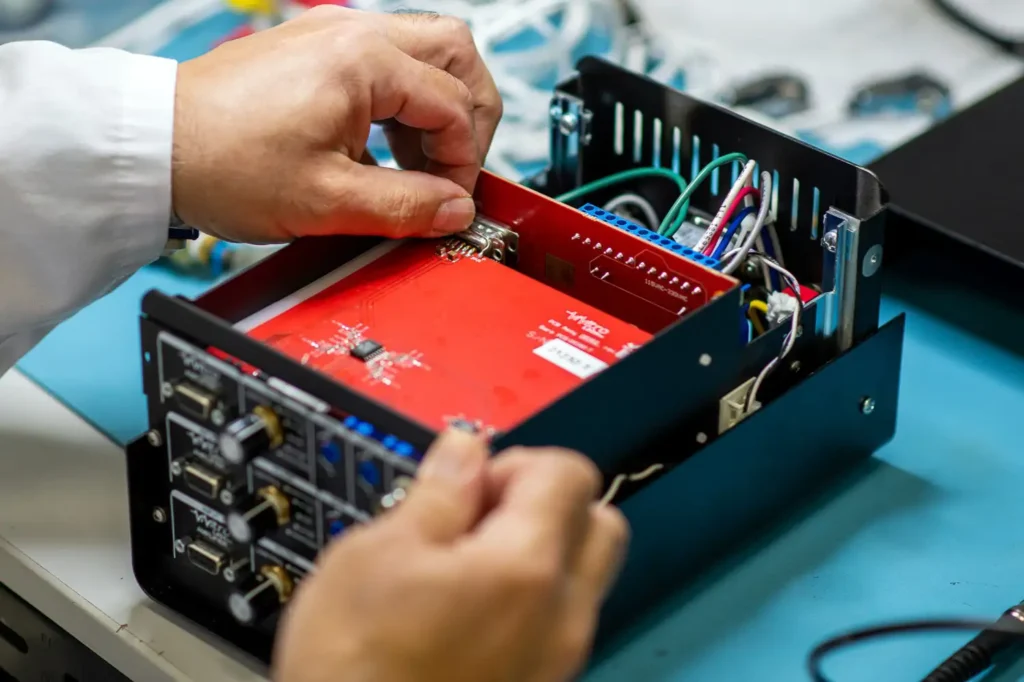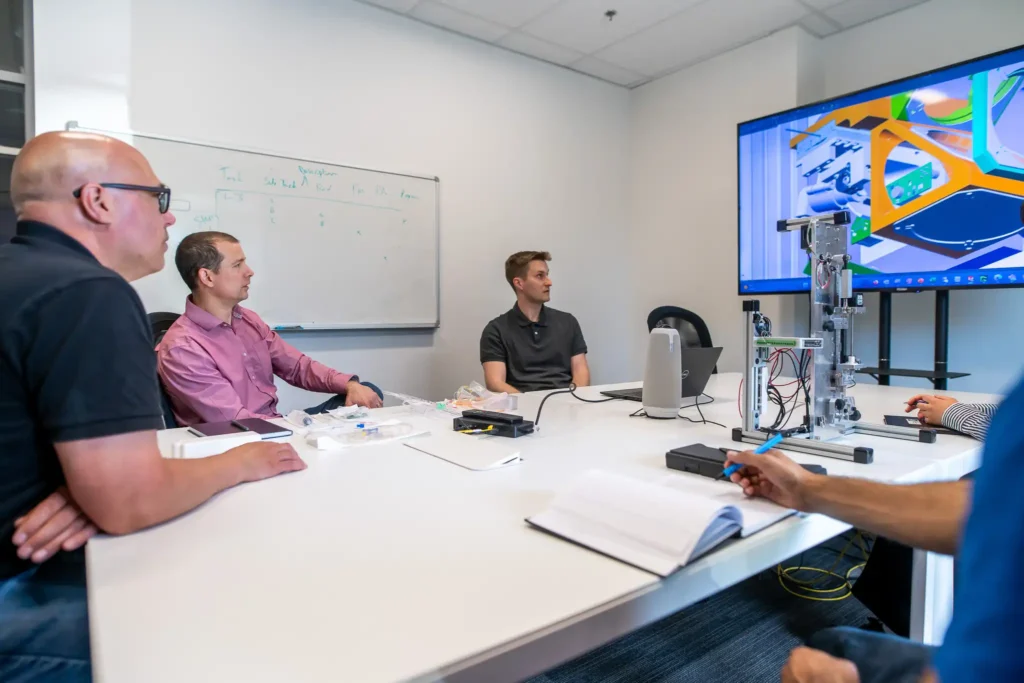
Patient-Centered Field Research in Medtech
In this Before the Build episode, Eric Olson and Paul Charlebois reflect on the value of patient-centered field research—and how firsthand observation can reframe design priorities and impact outcomes in profound ways.
Paul shares an eye-opening story from a research session observing Mohs surgery, a specialized outpatient procedure for removing skin cancer. At first glance, the experience seemed overwhelming: patients were marked with dotted lines, then underwent facial excisions that appeared disfiguring. But over the course of the day, something deeper unfolded. The real story wasn’t just the clinical effectiveness of the surgery, but how patients experienced care, recovery, and dignity throughout the process.
The team observed how the clinic balanced harsh realities—patients with visible, temporary facial trauma waiting together in a shared space—with quiet, thoughtful design choices: no mirrors, careful pacing, and empathetic reconstruction work. These details emphasized the importance of viewing each case as more than a procedure.
Why Patient-Centered Field Research Matters
As Eric and Paul discuss, patient-centered field research often reveals more than what a design spec or user survey ever could. When engineers and developers step into real clinical environments, they can witness the emotional and procedural nuances that define patient experience. This approach can ultimately lead to better market adoption, stronger user satisfaction, and more impactful innovation.
Even when your device isn’t central to the treatment itself, being present in the broader clinical journey gives design teams critical insight into where they can reduce friction and add value.
Enjoying Before the Build? Sign up to get new episodes sent to your inbox.
Related Resources

Every phase of a device’s life cycle involves different people with distinct needs—from clinicians and patients to service technicians and regulatory bodies.

Nick Allan and Nigel Syrotuck explain how a fluorescent protein assay helps engineers measure contamination and cleaning performance in medical devices.

Your team is ready for design validation. The prototype performs well, test plans are in motion, and everything points to a smooth handoff to manufacturing. Then your partner calls with bad news: they can’t build the device as designed.

You’ve cleared the toughest engineering hurdles and proven your design works. Then, just as you prepare to scale, your contract manufacturer turns you down.
